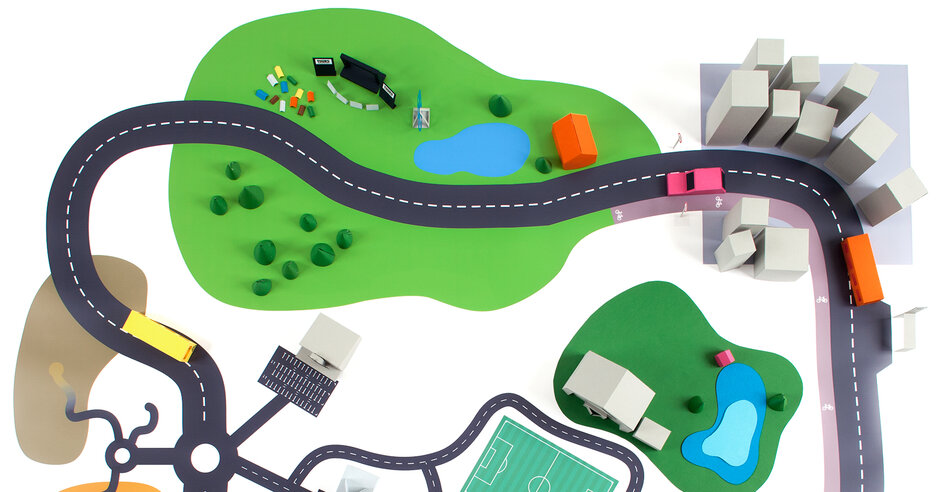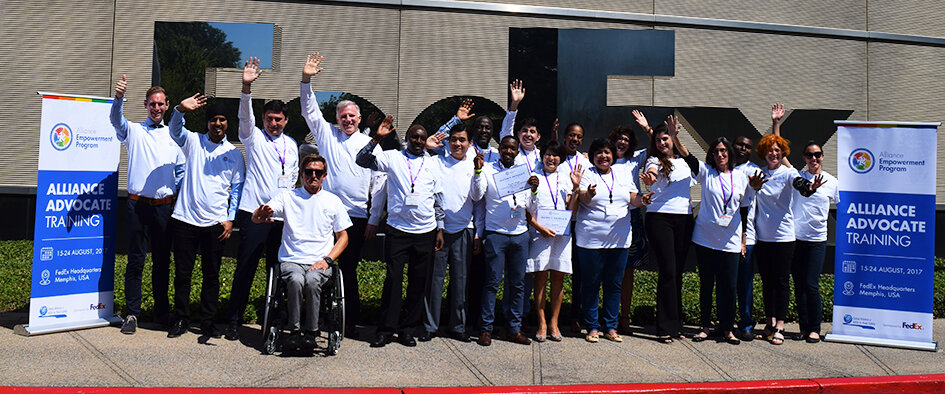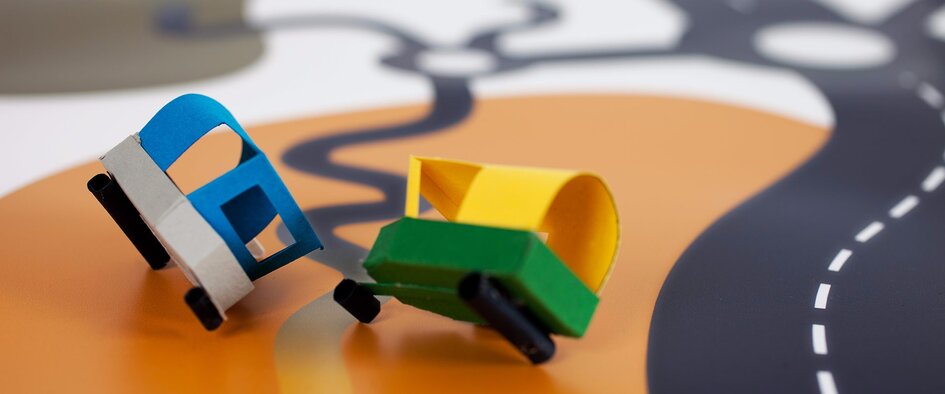
UN Secretary-General’s Report highlights previous two years of global action
The seventy-second session of the United Nations General Assembly focused on ‘Improving Global Road Safety’. The session accepted a report from the UN Secretary-General focusing on global road safety action in the previous two years to achieve Sustainable Development Goal 3.6 – the halve all deaths caused by road traffic crashes by 2020.
The Secretary-General transmitted the report on improving global road safety, prepared by the World Health Organization in consultation with the United Nations regional commissions and other partners of the United Nations Road Safety Collaboration. It features a wealth of action from the global road safety community including reference to YOURS’ work at the Second High-Level Meeting on Road Safety and our work with the Global Alliance of NGOs for Road Safety.
Summary
The present report, prepared by the World Health Organization in cooperation with the United Nations regional commissions and other partners of the United Nations Road Safety Collaboration, provides an update on the implementation of the recommendations contained in previous General Assembly resolutions.
The United Nations General Assembly (UNGA or GA; French: Assemblée Générale “AG”) is one of the six principal organs of the United Nations (UN), the only one in which all member nations have equal representation, and the main deliberative, policy-making and representative organ of the UN.

The report provides an account of activities undertaken and achievements attained by the global road safety community in pursuance of the objectives of the Decade of Action for Road Safety (2011-2020) and of target 6 of Sustainable Development Goal 3 — halving road traffic deaths and injuries by 2020 — since the issuance of the previous report (A/70/386).
A number of notable high-level events were held in the intervening period, including the second Global High-level Conference on Road Safety, hosted by Brazil; the United Nations Conference on Housing and Sustainable Urban Development (Habitat III), held in Ecuador, whose New Urban Agenda included a commitment on road safety; the Global Conference on Sustainable Transport, held in Turkmenistan; and the twelfth World Conference on Injury Prevention and Safety Promotion, held in Finland.
Together with the publication of the Global Status Report on Road Safety 2015, the development of a proposal for a United Nations road safety fund by the Economic Commission for Europe and the adoption by the World Health Assembly of a resolution on road safety (WHA69.7), in which it accepted a request of the General Assembly, in its resolution 70/260, that WHO facilitate the process to develop voluntary global targets on key risk factors and service delivery mechanisms, those events continue to draw attention to road safety around the world. The report concludes with a number of recommendations to the Assembly for achieving the goals of the Decade of Action and Sustainable Development Goal target 3.6.
YOURS Referenced in UN Sec-Gen’s Report
77. [With reference to the Second Global High-Level Meeting on Road Safety] Youth for Road Safety, together with the Child Injury Prevention Alliance and the Government of Senegal, organized a road safety conference for children and youth during the second Global High-level Conference on Road Safety.

READ MORE ABOUT OUR SIDE EVENT IN BRASILIA
The Side-Event was a resounding success at the Global Meeting with a full house and standing room only for attendance. The report also makes reference to the Global Alliance of NGOs for Road Safety’s Alliance Empowerment Programme in which we helped to develop and devliver the curriculum for the Alliance Advocates workshops.
63. The Global Alliance of NGOs for Road Safety launched the Alliance Empowerment Programme in 2016 which builds the capacity of members to undertake evidence-based activities.

















